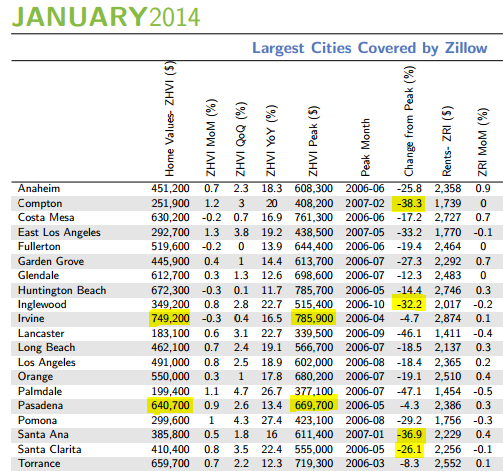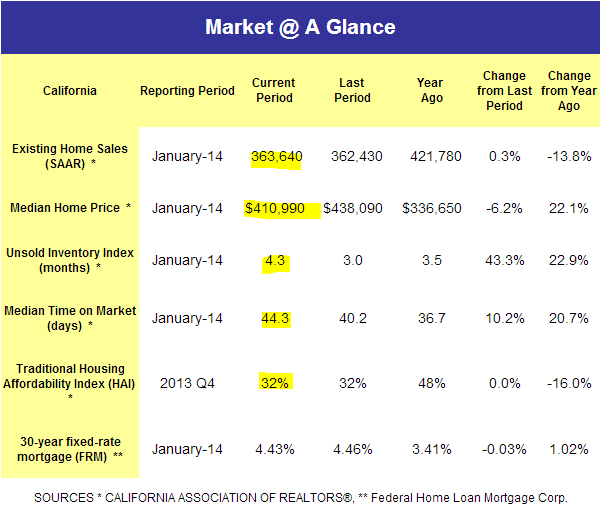With the Philippine stock index surging higher over the last few months and with large funds increasing capital allocation, the question is……should you invest in this fast growing emerging market?
The answer might surprise you.
NO. The Philippine stock market is more or less reliant/follows the US Market. As soon as the US bear market takes control (2014-2017) and breaks down, I would expect the Philippine stock index to do the same. With one major difference. Since this is an emerging market with a highly speculative banking sector I would expect it’s decline to be much, much worse. How bad? If the PSEI Index breaks below 5,500 there is nothing stopping it (technically) until it gets to about 1,000. As such, if the PSEI breaks as anticipated, it turns into a wonderful shorting opportunity.
Please do your own research and make your own investment decisions.
Did you enjoy this article? If so, please share our blog with your friends as we try to get traction. Gratitude!!!
Click here to subscribe to my mailing list
Philippine Stock Market Is Surging. Should You Invest? Google
Top Philippine Fund Doubles Consumer Stocks With Record Bet
The top-performing Philippine stock fund in the past five years has doubled holdings of consumer companies as record remittances boost the spending power of shoppers in Southeast Asia’s fastest-growing economy.
The UBP Large Cap Philippine Equity Portfolio (IFDLCPE)increased positions in the consumer industry to a record 60 percent of assets from about 30 percent in mid-2013, said Robert Ramos, who oversees about $897 million as the chief investment officer at Union Bank of the Philippines. Holdings include Emperador Inc. (EMP), the nation’s largest liquor company, and Puregold Price Club Inc., the biggest grocery-store operator. Both stocks have jumped at least 12 percent this year.
Overseas remittances to the Philippines increased a bigger-than-estimated 9.1 percent in December, while slower inflation last month eased pressure on the central bank to raise interest rates that have stayed at a record low since October 2012. Consumer spending accounts for almost three quarters of the $250 billion economy, which grew at a 6.5 percent pace last quarter.
“Everywhere you go, people say the economy is better and that global Filipinos are richer and have higher disposable income,” Ramos, 38, whose UBP Large Cap fund returned an annualized 46 percent in the past five years, the most among 28 Philippine stock funds tracked by Bloomberg, said in an interview in Manila on March 4. “I expect more gains from the sector.”
Earnings Jump
Overseas Filipinos sent home a record $2.16 billion in December, bringing the 2013 tally to an all-time high of $22.8 billion, data from Bangko Sentral ng Pilipinas show. The central bank forecast remittance growth of 5 percent this year.
The cash inflows, which make up about 10 percent of the economy, have helped companies such as Emperador and Puregold (PGOLD) post record earnings. Profit at Emperador, the UBP Large Cap fund’s biggest holding, rose to an all-time high of 5.8 billion pesos ($130 million) in 2013.
Ramos shifted the $67 million UBP Large Cap fund’s strategy in the middle of 2013 to shield it from volatility after the U.S. Federal Reserve signaled stimulus cuts. He sold financial, energy and property shares, deterred by regulatory headwinds and rising valuations.
“We wanted stocks that will outperform but at the same time won’t be very erratic,” Ramos said.
Valuation Risk
Consumer companies also stand to benefit as the Philippine currency’s slide against the dollar boosts the value of remittances, Ramos said. The peso has weakened more than 8 percent since May 22, when the Fed signaled it would trim its monthly bond purchases as the economy improves.
“Families of overseas Filipinos feel richer because the peso has devalued,” Ramos said. “They are probably spending a little more than before.”
The Philippine Stock Exchange Index (PCOMP) fell 0.1 percent to 6,508.58 as of 12:32 p.m. in Manila.
Consumer stocks are growing more expensive and the companies are unlikely to match the growth they enjoyed last year, when campaign spending in congressional and local elections boosted demand, according to COL Financial Group Inc.
Puregold is valued at about 25 times estimated 12-month earnings, while Emperador trades at 24 times, according to data compiled by Bloomberg. That compares with a multiple of 17.5 for the Philippine Stock Exchange Index, which has climbed 11 percent this year.
Growth Outlook
“I am less certain that growth will be as fast,” said Jed Pilarca, an analyst at COL Financial. “Consumer stocks aren’t cheap. It might be time for a correction.”
Emperador’s net income will probably increase 24 percent this year, while Puregold’s profit may climb 28 percent, according to analysts’ estimates compiled by Bloomberg. The nation’s economicgrowth is set to exceed 6.5 percent in the first quarter, boosted by rebuilding after Typhoon Haiyan, stronger exports and tourism, Economic Planning Secretary Arsenio Balisacan said on Feb. 4.
The government estimates growth of between 6.5 percent and 7.5 percent this year. The economy expanded 7.2 percent in 2013 and 6.8 percent in 2012, the fastest two-year pace since the 1950s, data compiled by Bloomberg show.
“A big chunk of the economy is driven by consumption,” Ramos said. “When GDP is growing, you know that a lot of people will be consuming more.”














